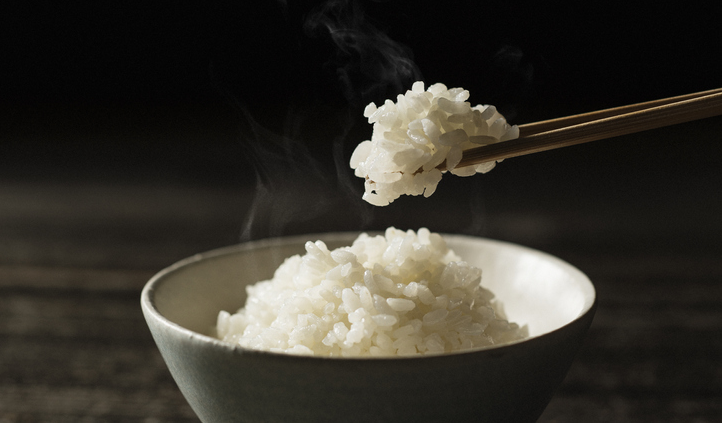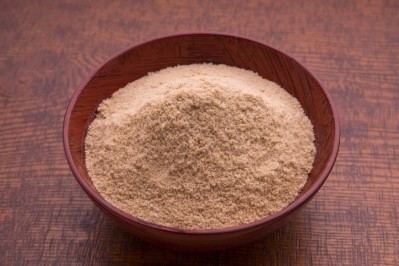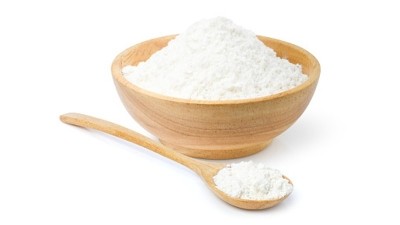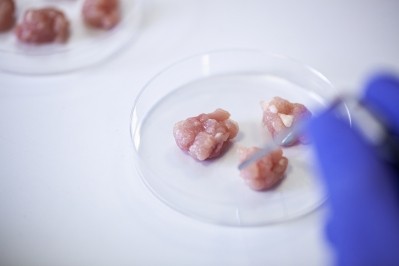Medium GI rice intake reduces insulin therapy in women with gestational diabetes – Thailand study

Writing in Clinical Therapeutics, researchers from Thammasat University Hospital compared the effects of consuming rice with a medium GI of 56.9 and high GI of 80.1.
Low GI foods have GI levels of less than 55, while medium GI is between 55 and 70, and anything greater than 70 is considered high GI.
During the study, 96 women with gestational diabetes were randomly assigned to receive either the medium GI rice or the high GI rice.
The medium GI rice is an inventory crossbreed of Khao Jow Hawm Suphan Buri and Suphan Buri 1 rice with a higher amylose content than the high GI rice at 20.44 per cent versus 16.64 per cent. The medium GI rice studied was provided by Thai firm C.P. Food.
The high GI rice studied in this trial, on the other hand, is a polished white rice.
Findings showed that there was a significantly fewer number of women in the medium GI rice group that required insulin therapy.
Three out of 48 participants (6.3 per cent) from the medium GI rice group required insulin therapy, whereas the percentage was higher at 22.9 per cent in the high GI rice group.
This was a statistically significant difference with a p-value of 0.017.
Among the 11 women who require insulin in the high GI rice group, 10 were eventually able to avoid insulin use by switching to the medium GI rice within seven days.
“The strengths of the present study included a setting from clinical practice using assigned rice cooking in individual style on the basis of a healthy diet for diabetes, as well as nutritionist support.
“Moreover, participants' compliance was excellent, with no participant failing to follow the study protocol.
“The beneficial effect of glycaemic management may be extrapolated to gestational diabetes mellitus (GDM) patients with other conditions regardless of age, BMI, or current use of insulin.
“Using low to moderate GI rice to treat GDM was well tolerated and effective in reducing the percentage of patients who required insulin treatment, without compromising obstetric and fetal outcomes,” the researchers concluded.
However, other than the reduction in insulin use rate, there was no significant difference between the two groups in the mean fasting glucose or the postmeal glucose levels.
The study was supported by Thammasat University Research Fund contract, Thammasat University Hospital, the Endocrine Society of Thailand, and C.P. Food.
Source: Clinical Therapeutics
Effects of the Consumption of Low to Medium Glycemic Index-Based Rice on the Rate of Insulin Initiation in Patients with Gestational Diabetes: A Triple-blind, Randomized, Controlled Trial.
DOI: 10.1016/j.clinthera.2023.02.009.
Authors: Sanpawithayakul K, Kaewprasert N, Tantiyavarong P, Wichansawakun S, Somprasit C, Tanathornkeerati N, Srichan C, Tharavanij T





















